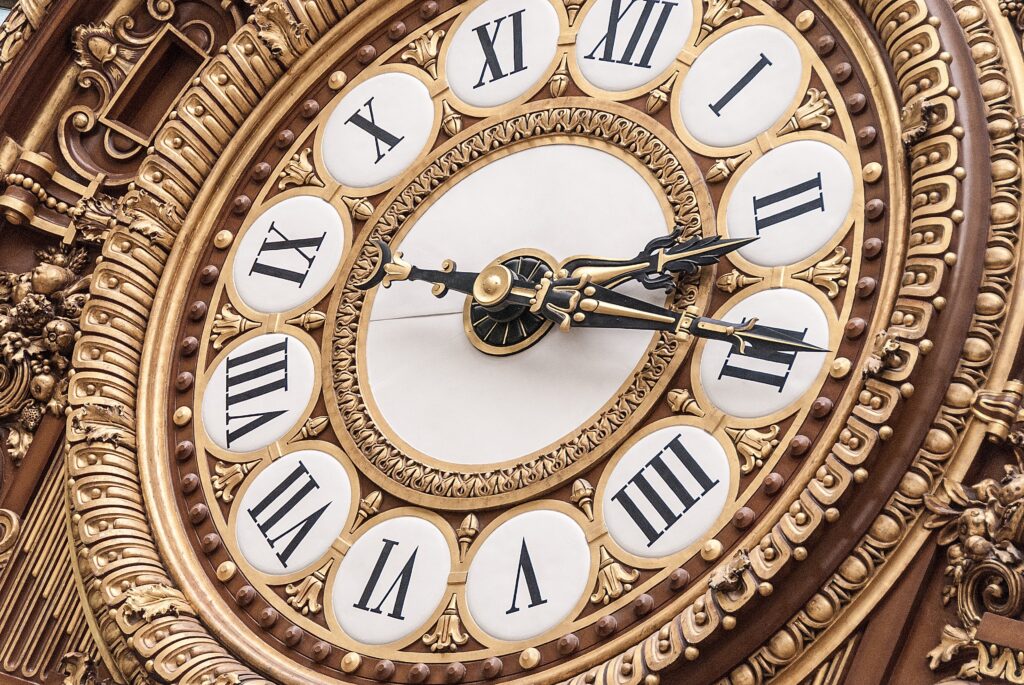The Musée D’Orsay in Paris has harnessed the power of artificial intelligence to create a lifelike doppelgänger of Vincent van Gogh. This AI program, named “Bonjour Vincent,” draws upon 900 letters written by the artist and early biographies to provide a realistic and interactive experience for visitors. Not only can museum-goers engage in conversation with the AI Van Gogh, but the developers have also ensured that sensitive topics like suicide are addressed with messages of hope and resilience. As part of their quest to remain relevant and forge partnerships with profit-generating companies, the Musée D’Orsay has joined forces with tech startup Jumbo Mana to release the Van Gogh AI program on Amazon Alexa and Echo devices. Additionally, an immersive virtual reality experience called “Van Gogh’s Palette” has been created in collaboration with other companies. While some art historians express concerns about the commodification of Van Gogh’s paintings, others appreciate the opportunity to make his work accessible to a wider audience through these technological advancements. Ultimately, the Musée D’Orsay seeks to elevate the dissemination of knowledge and ensure that its collection resonates with everyone through these innovative ventures.
Musée D’Orsay Creates Lifelike AI Doppelgänger of Vincent van Gogh
The Musée D’Orsay in Paris has taken a groundbreaking step in the world of art and technology by creating a lifelike doppelgänger of the famous artist Vincent van Gogh using artificial intelligence (AI). Named “Bonjour Vincent,” this AI program aims to bring Van Gogh’s art and persona to life, allowing visitors to the museum a unique and interactive experience.

Overview of the AI program: ‘Bonjour Vincent’
“Bonjour Vincent” is an AI program that simulates the life and personality of Vincent van Gogh. It is based on a careful analysis of 900 letters written by the artist himself and early biographies about him. By assimilating the information from these primary sources, the AI developers have been able to create a remarkably accurate representation of Van Gogh’s character and his artistic journey.
Development process and data sources
The development of “Bonjour Vincent” involved an extensive process of data gathering and analysis. Researchers and developers at the Musée D’Orsay meticulously studied Van Gogh’s letters, which provide valuable insights into his thoughts, emotions, and artistic techniques. Additionally, biographies and other historical records about the artist were examined to further enhance the AI program’s understanding of Van Gogh’s life and works.

Interacting with the AI Van Gogh at the museum
Visitors to the Musée D’Orsay now have the incredible opportunity to engage in conversations with a lifelike AI representation of Vincent van Gogh. The AI Van Gogh is equipped with natural language processing capabilities, allowing it to respond to questions and engage in meaningful discussions. Visitors can inquire about Van Gogh’s artistic techniques, his sources of inspiration, or even his personal struggles.
Steering conversations on sensitive topics
While the AI program aims to provide an immersive experience, it is crucial to handle conversations about sensitive topics with care. Understanding the potential harm and emotional triggers associated with discussing topics like Van Gogh’s mental health and suicide, the AI developers have implemented measures to steer these conversations towards messages of hope and resilience. The goal is to ensure that visitors have a positive and enlightening experience while exploring the depths of Van Gogh’s life.

The museum’s efforts to assert its relevance
The creation of “Bonjour Vincent” is a key part of the Musée D’Orsay’s strategy to assert its relevance in the digital age. By embracing AI and innovative technological advancements, the museum aims to bring art closer to a wider audience and create an engaging, immersive experience for visitors. This groundbreaking initiative not only showcases the museum’s commitment to blending tradition with cutting-edge technology but also strengthens its position as a leader in the art world.
Partnership with Jumbo Mana and plans for Amazon Alexa integration
To expand the reach of “Bonjour Vincent,” the Musée D’Orsay has partnered with the tech start-up Jumbo Mana. Together, they are working towards integrating the Van Gogh AI program into Amazon Alexa and Echo devices. This collaboration will allow art enthusiasts around the world to interact with Vincent van Gogh’s virtual presence and gain profound insights into his artistic journey.
Collaboration with other companies: ‘Van Gogh’s Palette’
In addition to the partnership with Jumbo Mana, the Musée D’Orsay has joined forces with various other companies to create a unique virtual reality experience called “Van Gogh’s Palette.” This project aims to offer users a transformative encounter with Van Gogh’s art by allowing them to immerse themselves in his vibrant, expressive world through virtual reality technology. By collaborating with innovative companies, the museum continues to push boundaries and explore new ways of showcasing art.
Implementation of Van Gogh’s paintings in Roblox
The Musée D’Orsay has also taken a bold step of implementing Van Gogh’s paintings into the popular online game Roblox. Users of the game can now scan the artworks of Van Gogh, effectively bringing his masterpieces to life in a digital realm. This implementation allows players to use Van Gogh’s artworks as avatars or incorporate them into their virtual surroundings, providing a novel and engaging experience that merges art and gaming.
Art historians’ concerns and perspectives
While the integration of Van Gogh’s art into technology platforms like Roblox and AI programs has sparked excitement among many, some art historians have expressed concerns about the potential commodification of the artist’s work. They worry that the digitization and mass availability of Van Gogh’s paintings could diminish the value and significance of his original artworks. However, others believe that these technological advancements present an opportunity to make Van Gogh’s art more tangible and accessible to a wider audience, fostering a greater appreciation for his genius.
Museum’s goal of improving knowledge display through technology
Above all, the Musée D’Orsay’s primary goal with the “Bonjour Vincent” program and its digital initiatives is to improve the display of knowledge and make its collection speak to everyone. By leveraging AI, virtual reality, and partnerships with tech companies, the museum aims to enhance visitors’ understanding of Van Gogh’s art and his place in history. These technological advancements allow for a deeper level of engagement and provide a platform for meaningful discussions about art, culture, and the human experience.
In conclusion, the Musée D’Orsay’s creation of the AI doppelgänger ‘Bonjour Vincent’ and its collaborations with companies like Jumbo Mana and initiatives like ‘Van Gogh’s Palette’ showcase the museum’s commitment to innovation and relevance in the digital age. By harnessing the power of AI and other technologies, the museum not only offers visitors a unique and interactive experience but also opens up new possibilities for the appreciation and understanding of Vincent van Gogh’s art. Through these technological advancements, the Musée D’Orsay strives to bridge the gap between traditional art institutions and the evolving digital landscape, making art and culture more accessible and engaging to a global audience.

